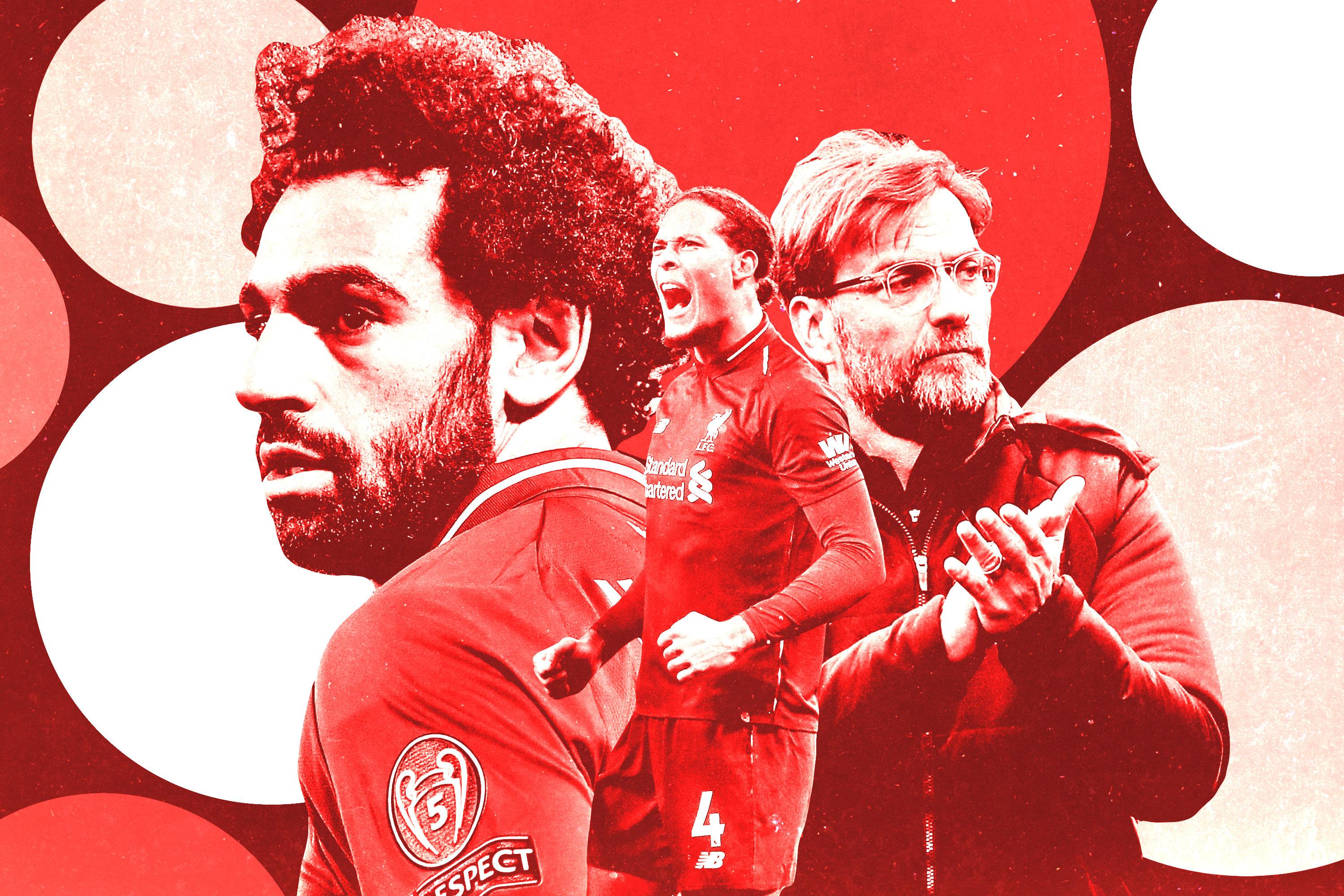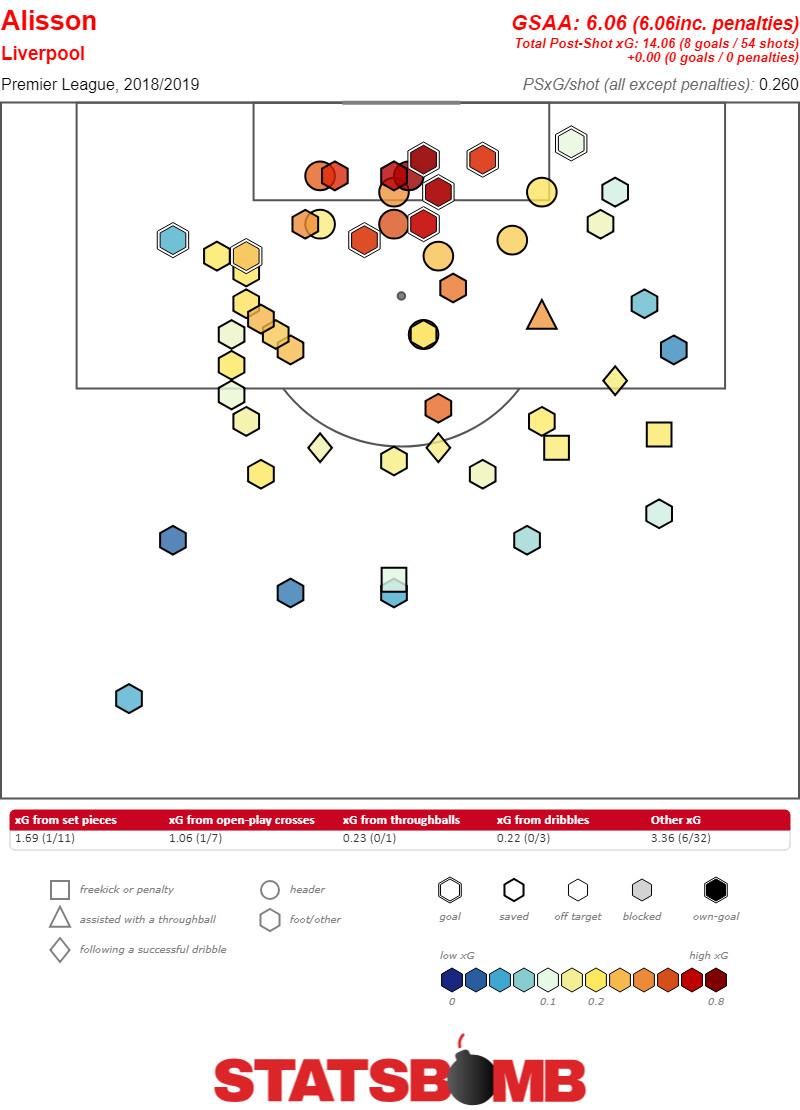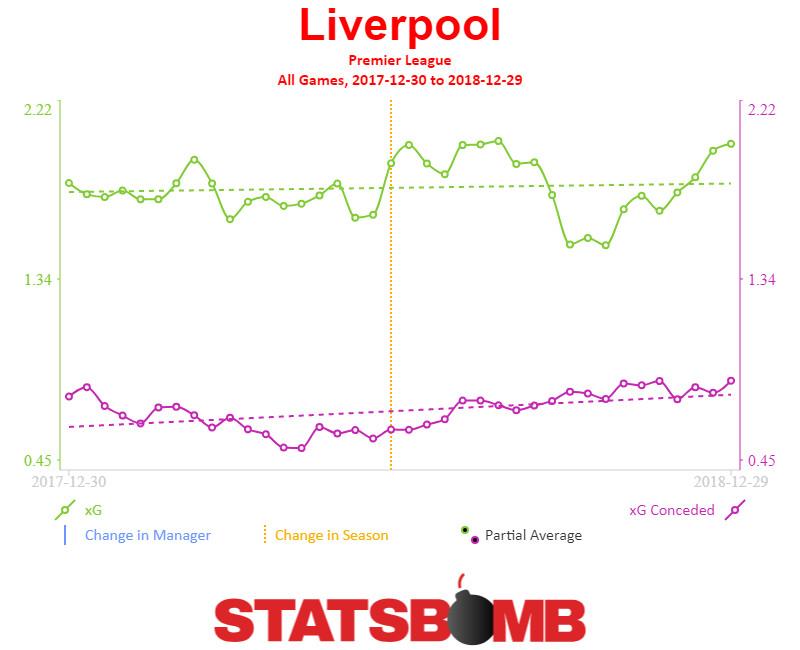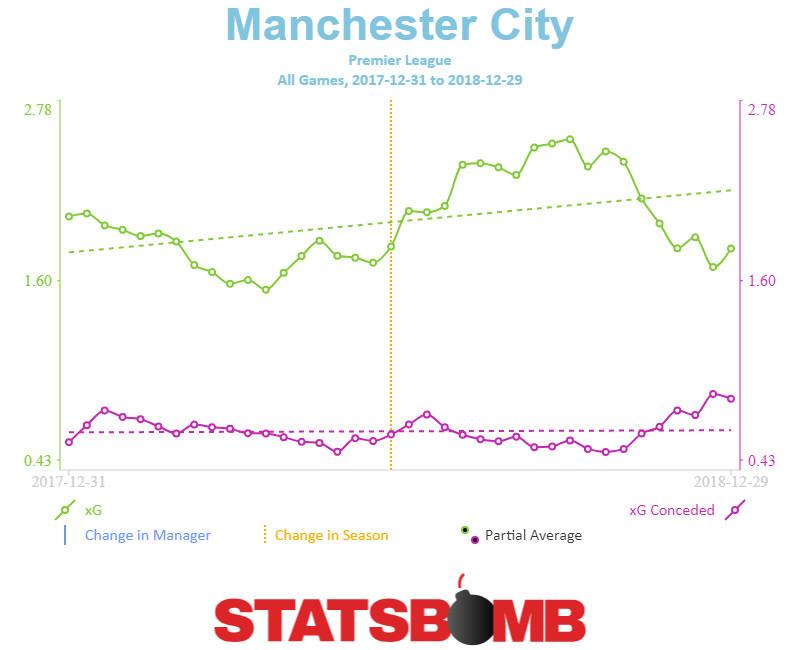Liverpool Will Run Away With the Premier League Title Unless Manchester City Can Stop Them
City have been dominant for much of the season, but a December slump has left them seven points behind a surging Liverpool. It’s only January, but the matchup between the two teams at the Etihad Stadium on Thursday will determine the title race.
We knew Thursday’s meeting between Liverpool and Manchester City at the Etihad Stadium would be one of the defining matches of this Premier League season. We didn’t realize that it might decide the title race. City have lost three of their seven games in December, and Liverpool have built a seven-point lead with 18 games remaining. This match is no longer a table-setter. It’s Manchester City’s last stand.
How is it possible that a game in January is so determinative in a season that doesn’t end until May? What is the cause of Manchester City’s malaise? Let’s start with the stakes for Pep Guardiola’s side.
City fans will have memories of the 2011–12 season indelibly burned into their brains (as will holdovers from that team such as David Silva, Sergio Agüero, and Vincent Kompany). That season, City were eight points behind rivals Manchester United with six games remaining but rallied to win the title. Surely then, the potential of a seven- or even 10-point deficit with 17 games left isn’t a death knell?
The problem with that comparison is that in 2011–12, Manchester City still had the opportunity to take points off of United. Their 1–0 win over United on April 30 drew them level on points with two games remaining and they dramatically won the title on the final game of the season. Thursday’s match is the second and final league meeting between Liverpool and City — they tied 0–0 in October — so this is City’s last attempt to take points off Liverpool. If they don’t, things will look grim.
Let’s assume, for the sake of argument, that City draws with Liverpool and remains seven points behind. If they were to go on to win their remaining 17 league games, they’d finish the season with 99 points. That’s pretty great! In this scenario, Liverpool would need 45 points over their last 17 games to maintain their lead, an average of 2.65 points per game, which is slightly higher than their average of 2.62 points should they tie City.
Let’s reconsider this scenario, but with a slightly more reasonable assumption: Rather than being perfect, what if City maintained their current, incredibly strong pace? Assuming they draw with Liverpool, they’d be on pace for 87 points by the end of the season. For that to be enough to win the title, Liverpool would have to accumulate no more than 31 more points over their last 17 matches. That’s a pace of 1.82 points per game, far below their current average. Is it possible that Liverpool will turn into a borderline Champions League–caliber team down the stretch? Anything’s possible, especially if there’s an injury to a key player. But it’s highly unlikely we’ll see such a decline from Jürgen Klopp’s team.
Perhaps the better comparison for City is the 2014–15 season. Manchester City were in second place at the end of January, trailing Chelsea by five points, when they traveled to Stamford Bridge. After a cagey and defensive game ended in a 1–1 draw, it seemed City were still in the race. However, it was as close as they would get to Chelsea, the eventual title winners, for the rest of the season.
City must win this match. But will they? By the numbers, City and Liverpool are competitive. Liverpool might have a seven-point lead, but their goal differential (plus-40) is only two ahead of City (plus-38). City have the edge when examining expected goals (xG), which measures the average number of goals that a team should have scored and allowed based on the quality of goal-scoring chances each team created and conceded. According to StatsBomb, Manchester City have an xG scored of 2.15 per match, the best in the league, while Liverpool’s 1.88 is second best. Similarly, City’s 0.67 xG conceded is the stingiest number, while Liverpool’s 0.79 is second best. City have taken slightly more shots (18.05 per match to Liverpool’s 15.50) and have conceded slightly fewer (7.00 to Liverpool’s 8.35).
Liverpool’s defense has overperformed thanks to goalkeeper Alisson Becker. His performance is even more impressive when using a metric called post-shot expected goals: Rather than measuring the likelihood of a shot turning into a goal, post-shot xG measures the chances that a keeper will save any given shot on target, calculating factors like the trajectory and velocity of the ball, which xG allowed does not include.

Alisson’s save percentage of 85.2 percent is 11.2 percentage points higher than his expected save percentage of 74 percent. That’s by far the biggest differential in the league. Tottenham’s Hugo Lloris is second with a 6.6 percentage-point differential. Goalkeeping is notoriously streaky, and Alisson is probably not going to sustain this level of performance for the rest of the season. It would bode well for City if Liverpool’s seven-point advantage were the result of an on-fire goalkeeper. Unfortunately, there are more factors at play.
If we look at a 10-game rolling average for each team, going back a full season’s worth of games (38), we see two teams trending in different directions when it comes to their xG numbers.

While Liverpool have scored 21 goals in their last six Premier League games, City’s recent downturn is evident by their xG numbers. Their three losses in December — to Chelsea, Crystal Palace, and Leicester City — have coincided both with lower xG and higher opponent xG. That can be attributed to an injury to Fernandinho, City’s defensive midfielder, who is expert at snuffing out danger before it occurs. However, City exhibited worrying signs defensively even before his absence.

There are two countervailing trends here. On the one hand, throughout the season, it’s reasonable to argue that Manchester City have been the better team statistically. On the other hand, Liverpool have been playing like the better team for the past month. Perhaps more importantly, Liverpool have found ways to win games even when they haven’t been at their best. Conversely, when City’s performances hit the skids in December, their results also tanked.
Given the deficit City faces, they cannot afford to play this match conservatively. If they trailed by fewer points, they could have just tried to eke out a draw and trust in their superior ability to carry them to a title. That’s more or less what happened the first time these teams met this season. In a 0–0 draw at Anfield, they combined to take 13 shots while committing 20 fouls. Both sides were defensively preoccupied with making sure they didn’t allow their opponent easy opportunities to break them down. City’s Riyad Mahrez missed a penalty, which, in retrospect, looks like a monumental missed opportunity.
City have to approach Thursday’s game as a must-win and should make the necessary tactical adjustments. They should approach the match as they did in the second leg of their Champions League quarterfinal against Liverpool last season. After losing the first leg 3–0, City desperately needed to turn things around. Gabriel Jesus scored in the second minute to give them a chance, and even though they went on to lose 2–1 they outshot Liverpool 20–5.
Guardiola’s adjustments are often subtle. Rather than simply adding a second striker to add attacking emphasis, or an extra midfielder to emphasize possession, City will often use the same personnel, but shift the patterns of their play. In their first game against Liverpool, City positioned their wingers conservatively, with Raheem Sterling and Mahrez dropping back into midfield. The formation left Agüero isolated, but the plan was to prevent Liverpool from counterattacking swiftly.
There should be no such caution Thursday. City need their attacking midfielders, whether it’s David Silva, Kevin De Bruyne, Bernardo Silva, or some other surprise starter, to combine with their wingers to move the ball up the field even if it leaves them exposed on the counterattack. City’s best attacking play usually involves a midfielder, winger, and fullback combining at the edge of the penalty area to squeeze through a packed defense and create a cutback opportunity. That means Agüero should be lurking in the penalty area to get on the edge of those attacks rather than acting as the primary outlet far outside the box.
Of course, there’s no way to commit so many players forward and not risk getting caught shorthanded at the back. A healthy Fernandinho can make up for a lot, but even he will be hard-pressed to control Mohamed Salah and Sadio Mané in space, with Roberto Firmino springing them free to run at the center backs. But that’s just the risk City have to take. If they cut the deficit to four points, then the title race is on. If Liverpool can manage a draw or a win, then they’ll have a hammerlock on the championship. A seven- or 10-point deficit, with no more head-to-head matchups remaining, would be too big a hill for City to climb, even if they improved over the second half and Liverpool regressed.
City’s form dipped at precisely the moment that Liverpool’s went supernova. They can stem their slide and give themselves a chance to let their superior quality take over in the second half of the season, but it will require taking three points on Thursday. Otherwise, it would take a historic collapse for Liverpool to relinquish their lead.
Mike Goodman is the managing editor of StatsBomb.